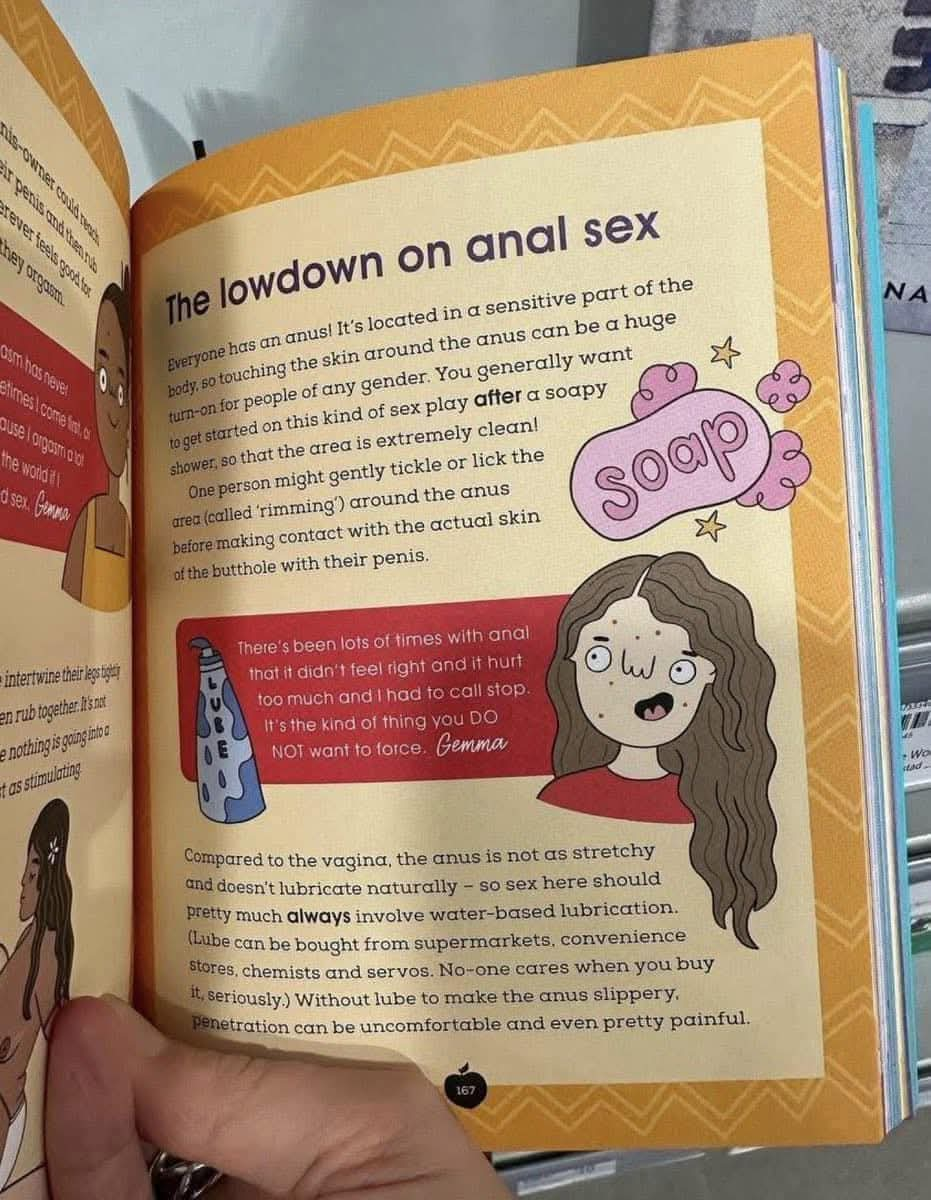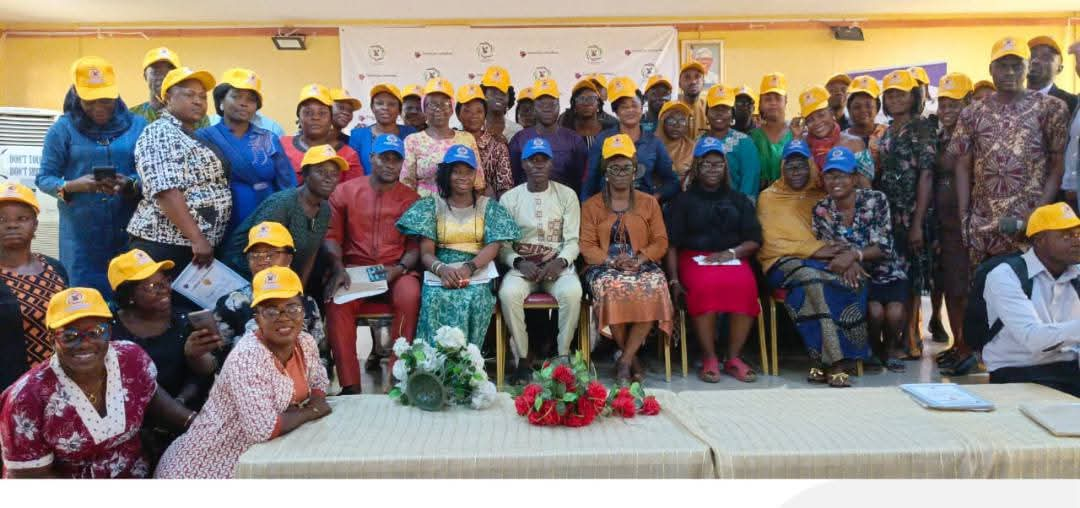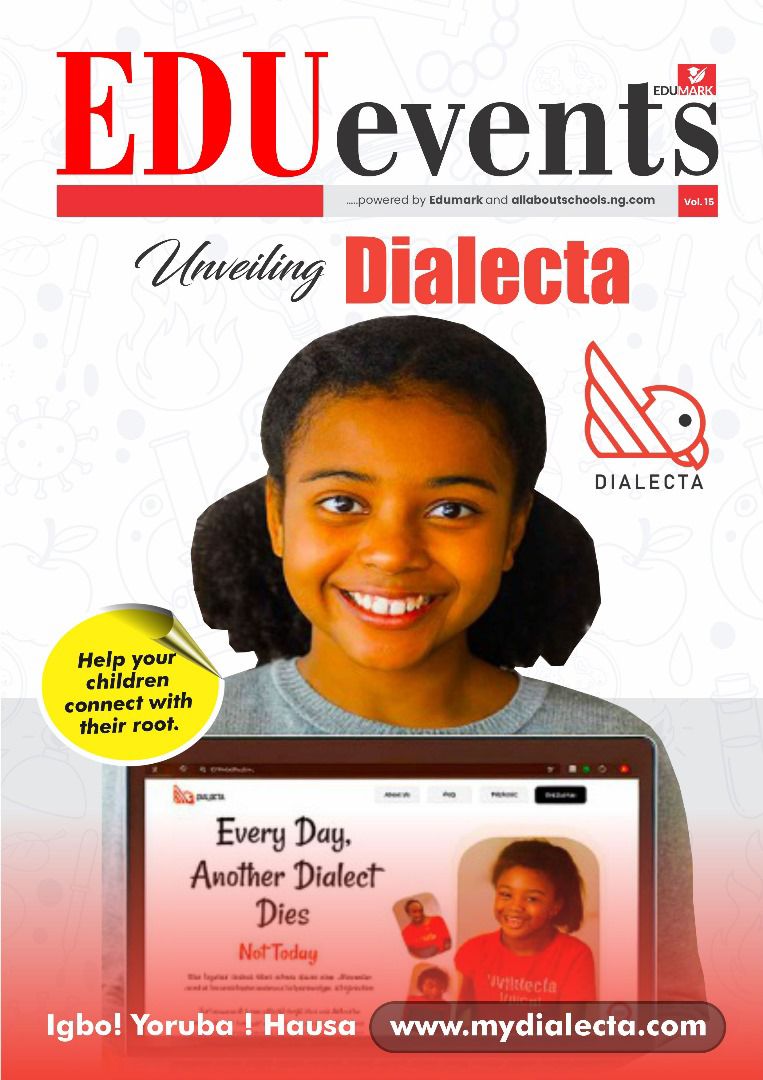In today’s world, where information is more accessible than ever, parents and guardians must be vigilant about the content their children consume—especially in books.
Literature shapes young minds, influences their values, and plays a crucial role in their emotional and intellectual development. However, not all books marketed for children are appropriate, and some contain explicit content that may be unsuitable for young readers.
A recent example has sparked concern among parents and educators alike. A book reportedly targeted at children includes graphic descriptions of anal sex, rimming, and the use of lubricants, presented in a way that normalizes such discussions for young readers.
One excerpt reads: “Everyone has an anus! It’s located in a sensitive part of the body, so touching the skin around the anus can be a huge turn-on for people of any gender.”
Another passage describes the use of soap and water before engaging in certain sexual activities and advises children on the purchase of water-based lubricants from supermarkets and pharmacies.
For many parents, this raises an important question: How did such explicit content make its way into children’s literature? And more importantly, how can parents ensure that their children are not exposed to inappropriate material?
Books have always been a gateway to knowledge, imagination, and moral development. However, as publishing trends shift and inclusivity debates reshape educational materials, parents must take an active role in vetting what their children read. While it is essential to educate children on human anatomy and relationships in an age-appropriate manner, there is a fine line between education and explicit content.
Books that introduce mature sexual themes without proper context or guidance can blur that line, leading to confusion or exposure to ideas beyond a child’s level of understanding.
To protect children, parents should review books before purchase, engage with educators about school reading lists, encourage open conversations, research online resources that provide content breakdowns, and promote books that reinforce positive values. While literature is a powerful tool for learning, not all books are suitable for young readers.
As caregivers, it is crucial to guide children toward books that inspire, educate, and reinforce positive values. Being proactive in their literary choices today will shape the kind of individuals they grow into tomorrow.












